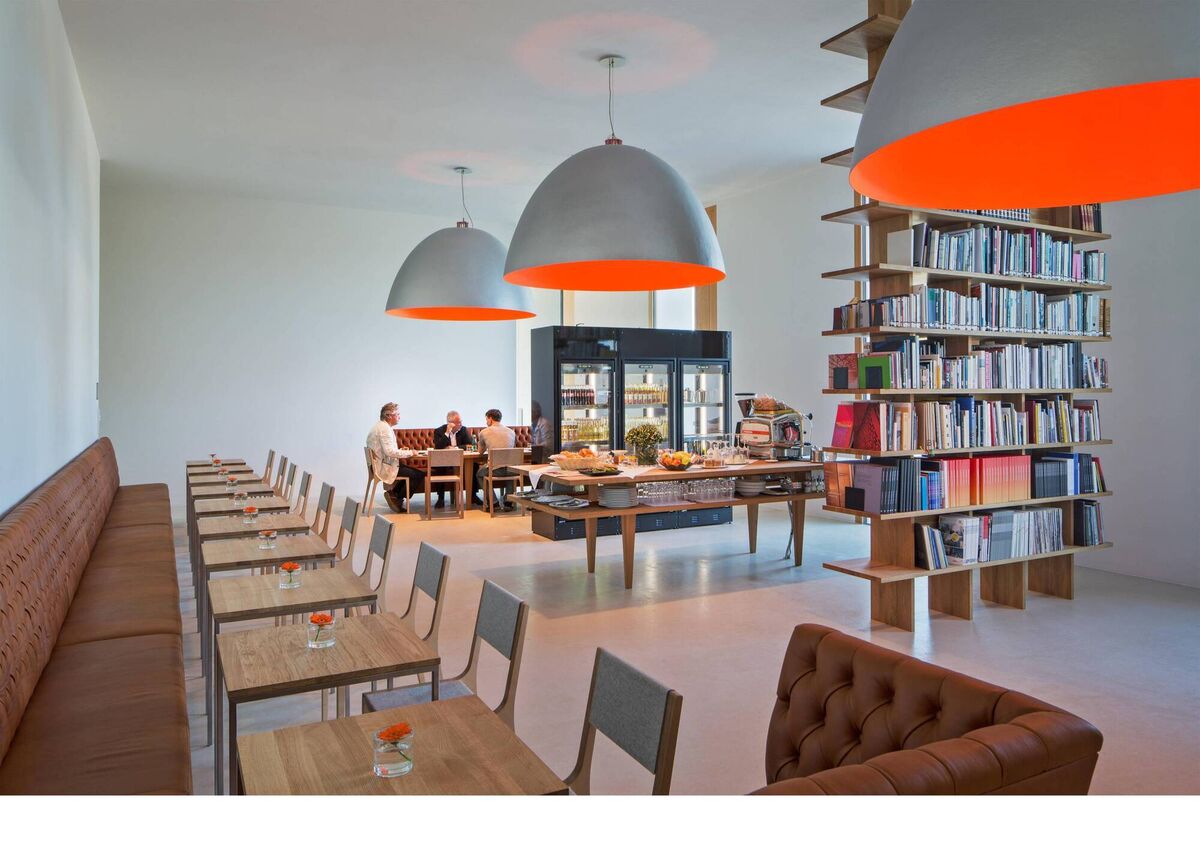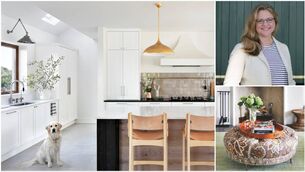Is the future looking bright for the houses without heating?
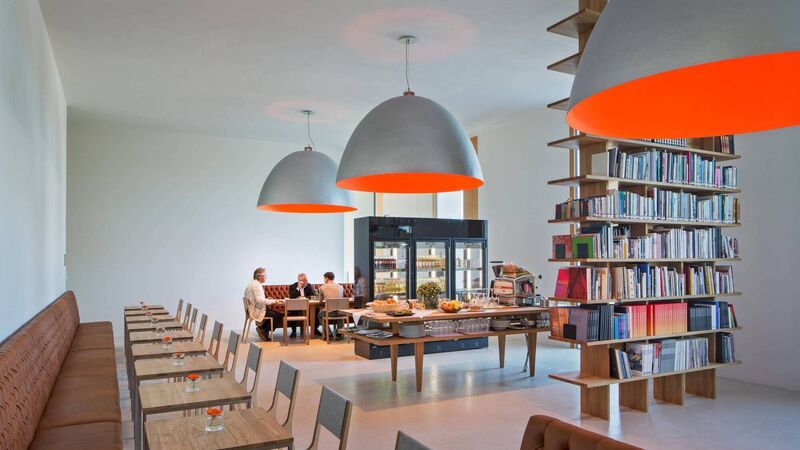
Haus 2226 in Lustenau, Austria.
It was dubbed the “house without heating” when Haus 2226 was constructed eight years ago.
Designed to be an antidote to technology-powered buildings, the future-forward hub that features its designers’ international HQ as well as an art gallery, restaurant, offices and apartment, is located in Lustenau, in Austria.
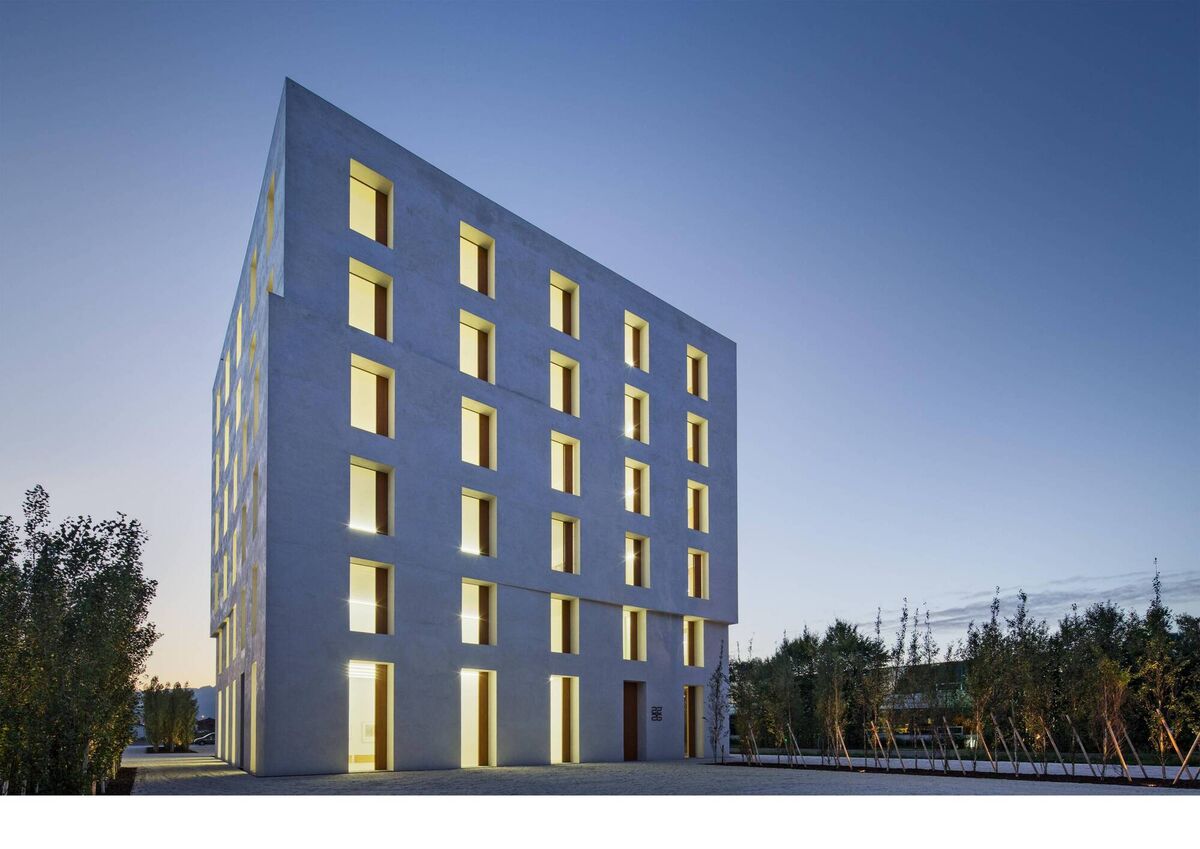
CLIMATE & SUSTAINABILITY HUB
The award-winning Baumschlager Eberle Architekten’s 2226 building offers a glimpse of what the relationship between buildings, technology and people might look like in the future.
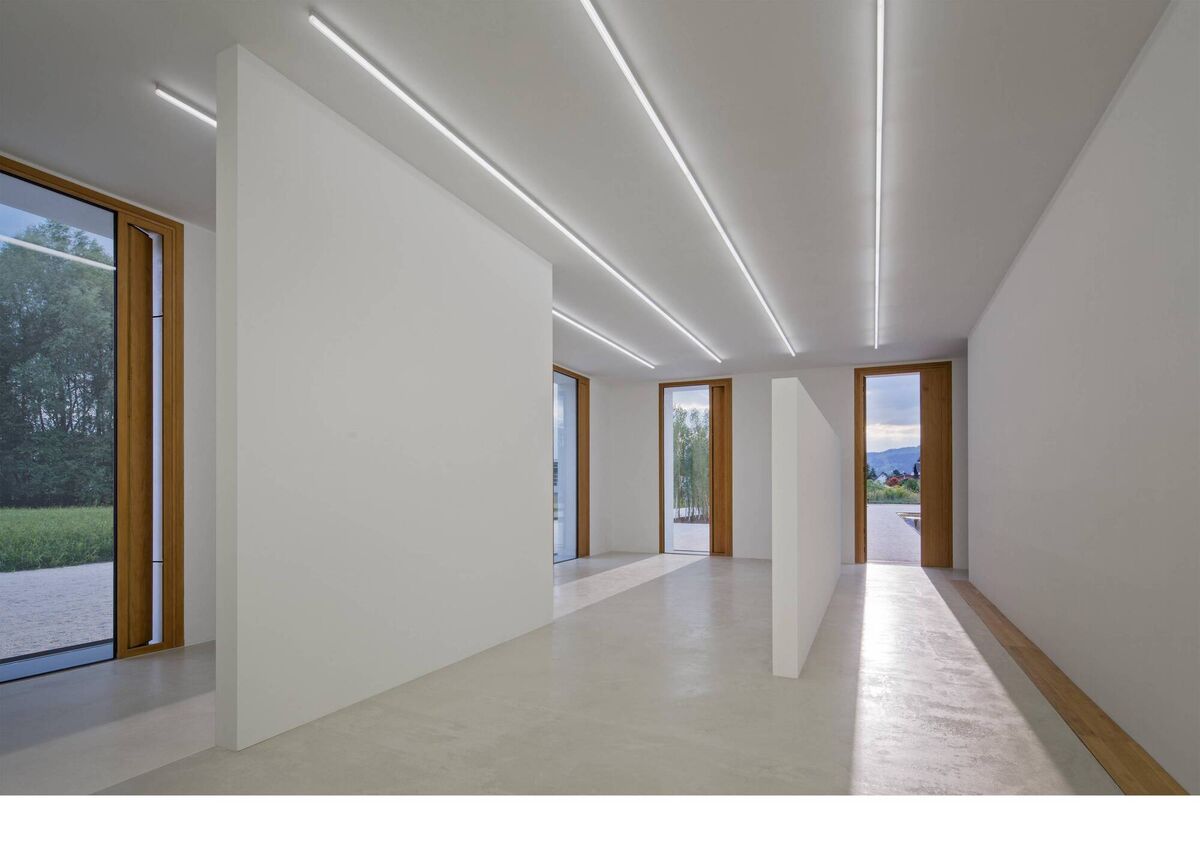
The building eschews short-lived, cost-intensive heating and air-conditioning plant, preferring to rely on a newly developed software programme to control the flow of energy within the building.
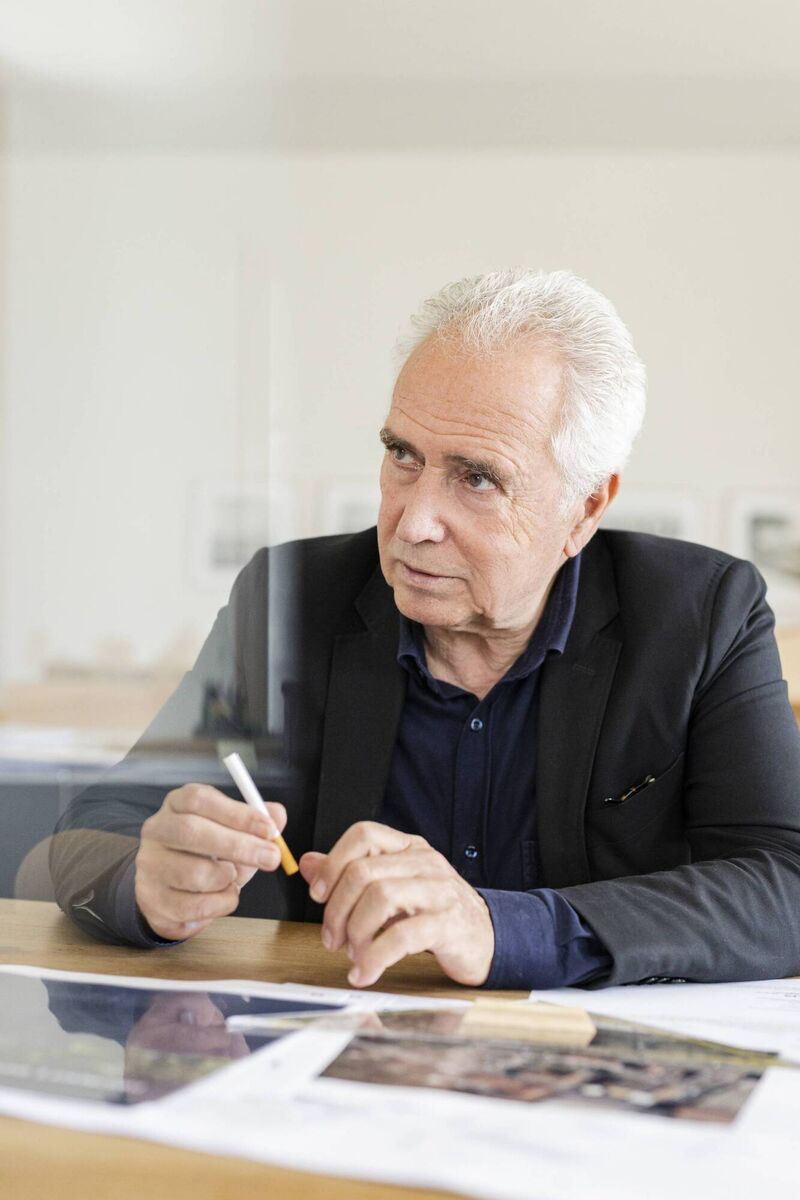
The windows, responsible for the visual elongation of the building and its “tower” perception, follow the standard ratio of 5:3.
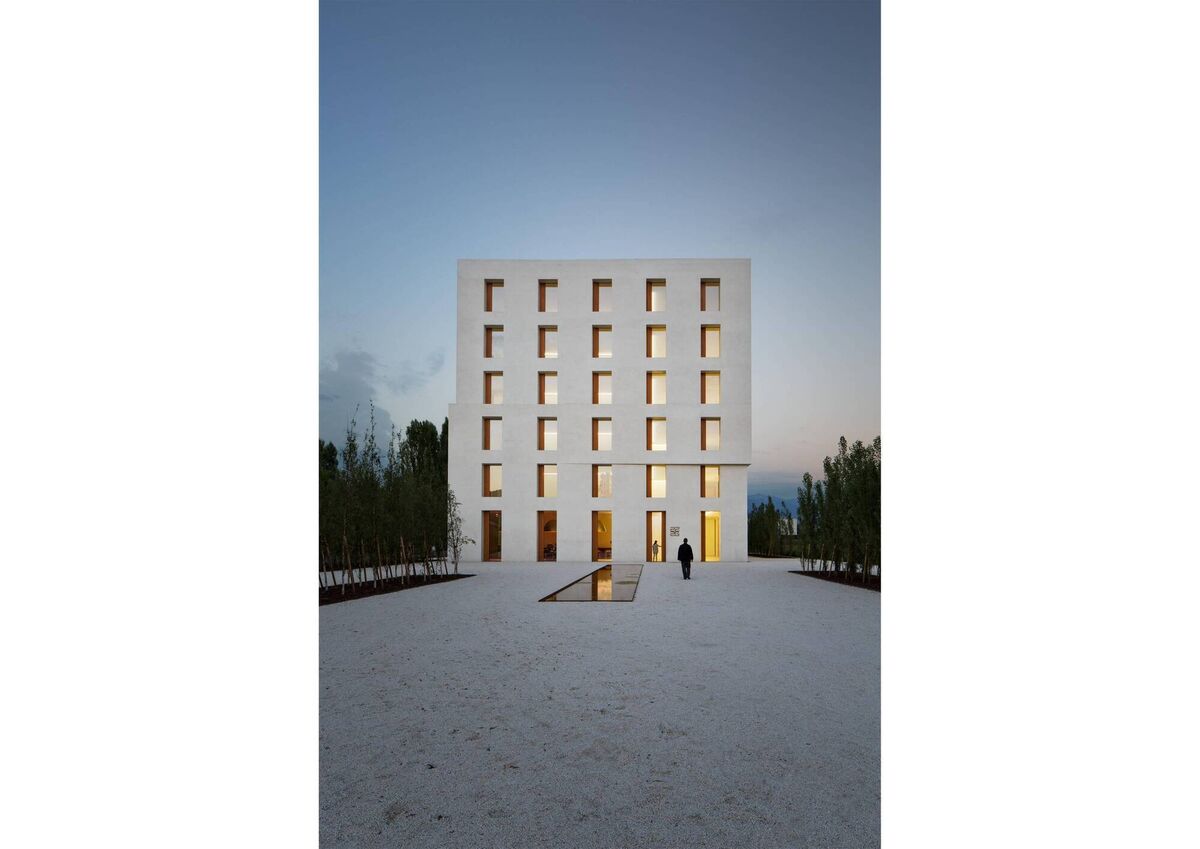
“The knowledge which is based in 2226 can be adapted to any kind of use – especially to buildings used for education, offices, housing — the only exception would be some very specific buildings like churches, or the OT in hospitals,” says the architect.
